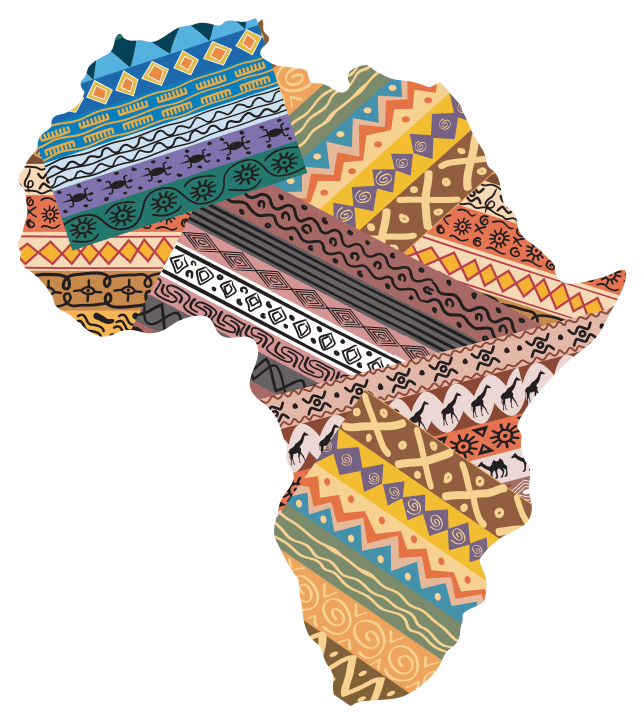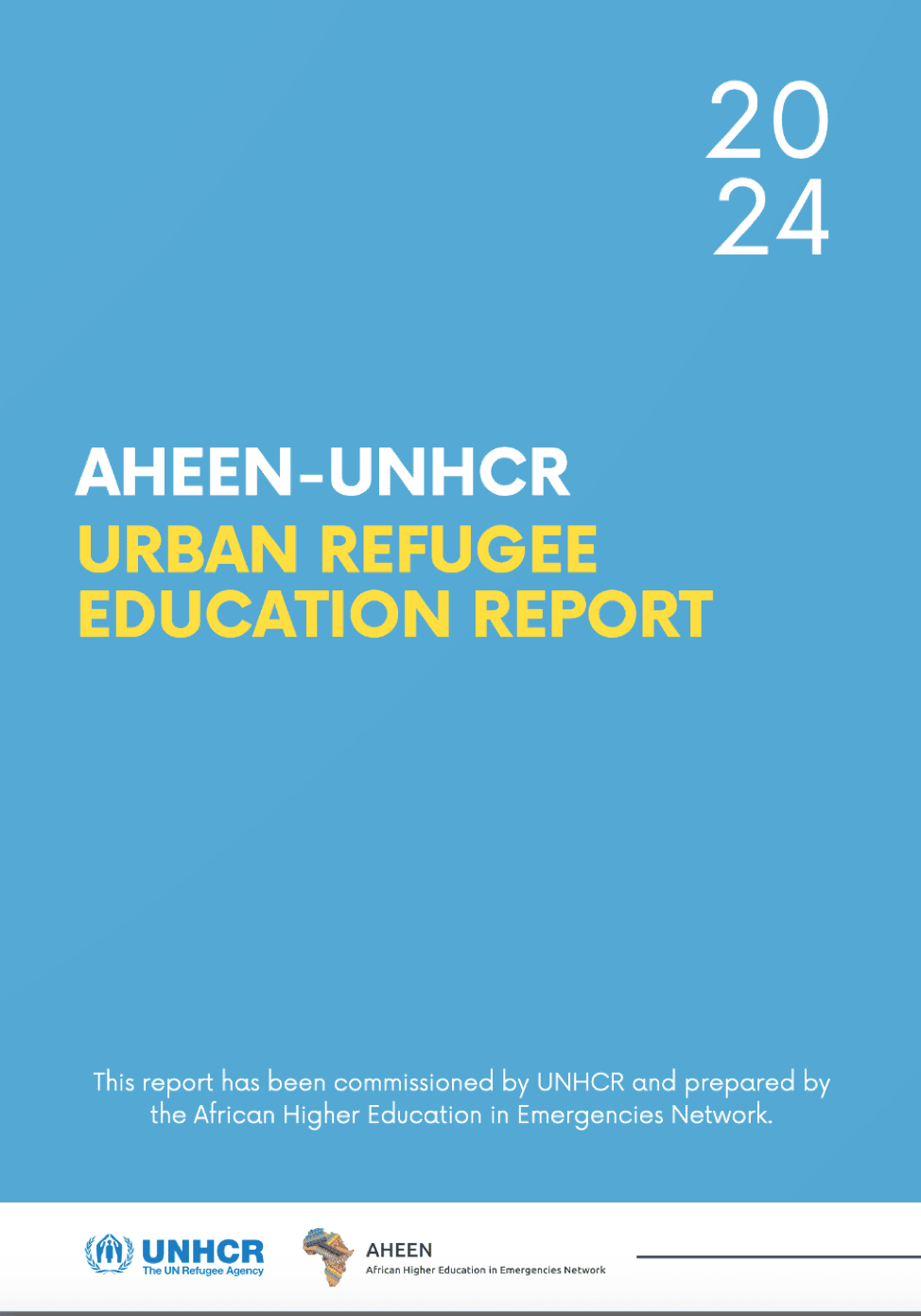This study created evidence that informs eligibility and targeting of refugees for inclusion in urban refugee education, to consolidate and expand education support in high density urban settings, and to expand education provision for urban refugees.
To achieve these objectives this study sought to deepen understanding of refugee household characteristics, parental motivations, school attendance patterns, and relations between host communities and refugees, that had hitherto not been expressly covered in the relevant research literature.
The study adopted a Participatory-Action-Research methodology with senior and junior refugee researchers engaged in bottom-up analyses of the problem in urban refugee contexts and charged with the entire data collection in the field to optimize the authenticity and informativeness of data collected in two urban contexts, Nairobi and Eldoret.

Refugee researchers in Eistleigh, Nairobi
Key findings regarding out-of-school refugee children in urban settings in Kenya in response to the research question
- Urban refugee parents, all ethnicities combined, share an overwhelmingly positive view of education being the single most important pathway to a better life for their children and themselves. Leveraging such motivational assets is key to effecting social change and advancing education agendas and inclusion in national education systems.
- Urban refugee families who feel better integrated as measured with the Refugee Integration Scale are more likely to send and keep their children in school than those who consider their presence in Kenya as temporary and are not invested in creating such social assets.
- Large urban settings show lower levels of integration compared to smaller urban settings; this would argue in favor of contextualised intervention approaches and against considering all urban settings, or even all geographical/ethnic sectors within one and the same urban setting, to be alike.
- Financial barriers represent the biggest hurdles among the multitude of barriers that are responsible for OOSC, such as financial, language and culture, degree of integration, gendered views on education, and administrative barriers. Constitutionally enshrined free education in Kenya comes with a large number of hidden expenses that parents conceptually label “school fees” (uniforms, learning materials, transport, examination fees, retrieval of credential fees, school feeding programs, transition fees). Inability to pay for any or all of these additional expenses is the most frequent, recurrent and consistent reason for urban refugee children interrupting their schooling, dropping out, or failing to transition to a higher level of education.
- Feedback from sampled refugee families and the leaders we worked with points to an overharvesting of data in urban refugee contexts in Kenya combined with refugee families’ resentment regarding the lack of direct feedback to refugee communities on findings and subsequent change. There is an overwhelming feeling of being “researched on”, rather than participating in the construction of bottom-up solutions that could advance change. The Participatory Action Research methodology of this study highlighted the importance of refugee-led research for refugee-specific problems that produces authentic and actionable knowledge: refugees should not just be part of the solution, but dispose of the means to create and own solutions.
Recommendations for increasing the number of Kenya’s urban refugee children attending school
- Design a rapid assessment scale for key factors influencing school attendance, retention and learning outcomes for each urban context to ensure that interventions focus on mitigating key barriers and on leveraging available social capital. Assessments aren’t neutral: they are ‘interventions’ in themselves and raise expectations that an intervention will happen, especially in protracted displacement contexts. An ethical approach to conducting assessments demands that those affected by the crisis participate in the process of identifying their needs and priorities and good communication to ensure informed consent (Global Education Cluster 2010). This study adopted such a participatory action research approach and participants now expect that the results are shared back with their communities and actions explained. Following up with a rapid needs assessment is thus already built into the design of the current study, has the buy-in of community leaders and participants and if the assessment is carried out by refugee researchers known to the studied communities in Nairobi and Eldoret there is considerable social capital to be leveraged. The humanitarian sector disposes of a number of rapid needs assessment scales, many are multi-sectoral but can be adapted to education needs. There should be agreement on indicators and on prioritizing needs as they are perceived in the different refugee communities of Nairobi and Eldoret following the mapping that this study already developed. The results of this study provide valuable input into this phase of the scale development. The HESPER approach (https://www.unhcr.org/50b4cf069.pdf, WHO 2010) provides good guidance for the development of a rapid scale, can be used by refugee researchers and implemented on Kobo. Piloting should be location-specific (Eldoret, Nairobi), and within Nairobi cover two distinctly different refugee communities. The validation of scales is a very involved and cost-intensive process and unlikely to be a focus at the outset. But MA or PhD (Education, data science) students and refugee students at that level in Kenyan universities could be interested in adopting this as their research topic and the research could be a focus for TWEH (Turkana West Education Hub, Kalobeyei). This would support the creation of reliable evidence that strengthens advocacy vis-à-vis the MoE to collaborate on the following recommendation:
- Design a toolbox of interventions that are easily coordinated with government initiatives for OOSC to amplify impact, increase efficiency, and to reduce their potential for perpetuating parallel systems. Leverage the social capital created through refugee-led research initiated with this study and the subsequent follow-up with communities to decide on the best tool for their community that can bring children and youth back to school and/or ease the burden for parents. Shanker et al. (2015) offer a comprehensive overview of tools that address critical parameters such as poverty, but also include tools such as peer learning, neighborhood learning circles and other approaches that both leverage and strengthen social integration of refugees, which this study found to be instrumental in keeping refugee children in school. Moving away from a more hierarchical model of community and youth leaders, that are potential gatekeepers as well, to a more horizontal RLO-based approach is both impactful for communities and sustainable provided RLOs are appropriately included in the design and selection of tools and funded. Recommendations as to how to overcome due diligence and accountability constraints in funding RLOs can be sourced from AHEEN. Such an approach strengthens refugee-led interventions, their and their communities’ self-reliance and promotes mainstreaming of refugee children in national education systems.
- To address the key factor responsible for OOSC in Nairobi and Eldoret consider a reorganisation of UNHCR’s cash-based-interventions for education in Kenya. UNHCR published a relevant document (UNHCR n.d.) that included a country study for Kenya with most CBIs directed to tertiary education, but with examples of implementation for 12’000 children at primary and secondary level; however, these interventions were entirely unknown to the interviewees that made up our representative sample covering almost all Nairobi refugee communities. NGOs can thus also be gatekeepers or fail to organise a representative outreach as they are often not trusted by the communities they seek to serve. Consider making CBI for education all-inclusive, rather than focusing only on one specific school-related expense, such as transportation or uniforms. Develop an exhaustive inventory of all school-related costs for each level of education, including transition from one education level to the next (expenses related to registration, examinations, credential retrieval, transition, school feeding, uniforms, textbooks and learning materials, administrative procedures, etc.), that parents are having to shoulder despite free public education in Kenya. Consider focusing such intervention first at lower levels of education, ensuring that program resources are available to accompany children through primary and secondary levels of education. Although UNHCR’s assessment of conditional CBIs is mixed (UNHCR nd.), there are potential gains in linking CBIs to education and to learning outcomes. Design of a sustainable intervention will need to be coordinated with the Kenyan government; rolling out a pilot program in one or more refugee communities in Nairobi and Eldoret and sharing evidence of outcomes with the MoE can create buy-in and support for larger-scale roll-outs in other parts of the country where refugees reside outside of camps.
- To leverage social integration as an enabler for reducing the number of OOSC, encourage and incentivise local refugee communities to build RLOs that specialise in specific dimensions of education-relevant integration and who develop projects, receive direct funding and are recognised by other education stakeholders. The current system of community leaders, youth leaders and womens’ leaders perpetuates hierarchical leadership structures that may not adequately support horizontal social integration. The World Humanitarian Summit and Grand Bargain commitments represent a good foundation to build on with regard to sharing power and funding. CBOs’ and RLOs’ experience from Kenyan camp contexts could be leveraged in urban contexts as well. RLOs working directly with relevant government entities on OOSC issues, rather than through intermediary agencies, may go a long way towards improving social integration and support Kenya’s transition. There is a robust literature on the effectiveness of RLOs as drivers of social integration and change. Previous scholarship recipients for tertiary education (DAFI, WUSC, MCF, the TRSN) can meet obligations for giving back to their communities by building an RLO infrastructure in urban settings that has RLOs collaborate rather than compete with each other for implementation of initiatives and funding. This could represent a holistic approach to educating refugees across the entire education spectrum as part of UNHCR’s education strategy.
- Leverage known enablers of educational success: team and peer activities, role models, local and possibly national/global relationships (Dryden-Peterson et al. 2017), SEL programs, designed to be locally relevant and supported by RLOs, all create positive long-term relationships among learners at an age where peer influences, both positive and negative, can be more important than the influence of more authoritative figures. Sports and the arts are two key areas where Kenya has a solid reputation for excellence and which greatly support social-emotional learning and relations with host communities. While soccer pitches or running tracks are usually not easily accessible to urban refugees in Nairobi, each neighborhood can map its potential sports facilities such as courtyards in buildings or dead-end streets, and transform those into regular sports activity locations. There are numerous refugee artists who are able to initiate and sustain arts programs. Offering a palette of such activities that do not require elaborate funding, but need to become permanent fixtures rather than short-term project-based initiatives, support vulnerable youth and function as important peer support that contributes to participants’ motivation to keep learning. Programming by refugee community and through RLOs gives each community the power to decide which activities to prioritise and sustain.
- When leveraging RLOs for the above recommendations continuing education opportunities should be created for them to resource themselves as the best way to resource their communities. RLOs need a space from which to operate with infrastructure that serves both their own activities as well as those of the children and youth in their community. When refugees have a center of and for activity, whether that is in a camp or in an urban context, youth rally around it. Sponsors to fund specific centers in urban refugee communities could be found, with each perhaps funding only one or two such centers but on a sustainable basis and with a commitment from RLOs for reporting. This makes RLOs accountable to their communities, earns them the respect of sponsors, and documents RLOs work experience.
- Community centers/RLO centers also need to function as information kiosks advising parents on procedures regarding registration of their children in school, required documentation and support in obtaining such documentation.


